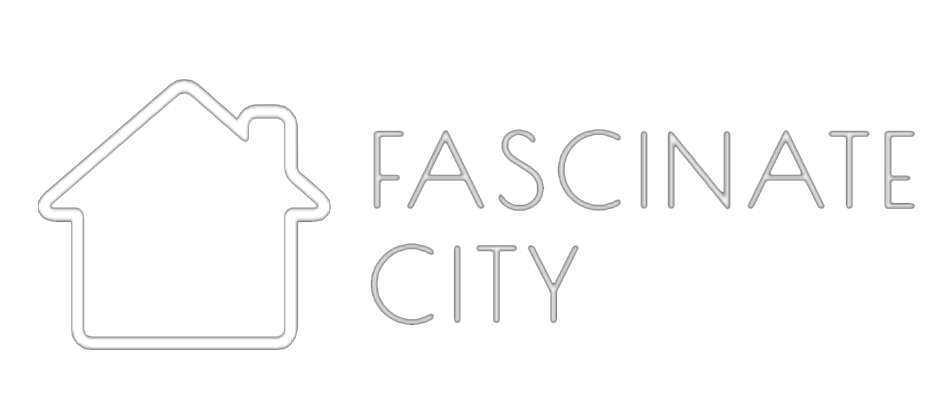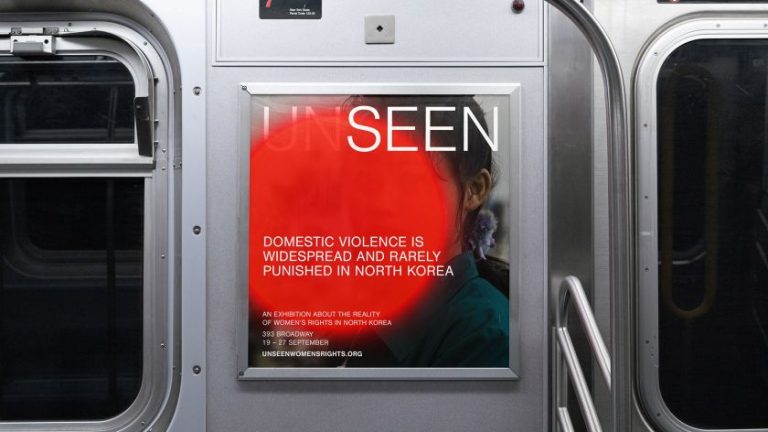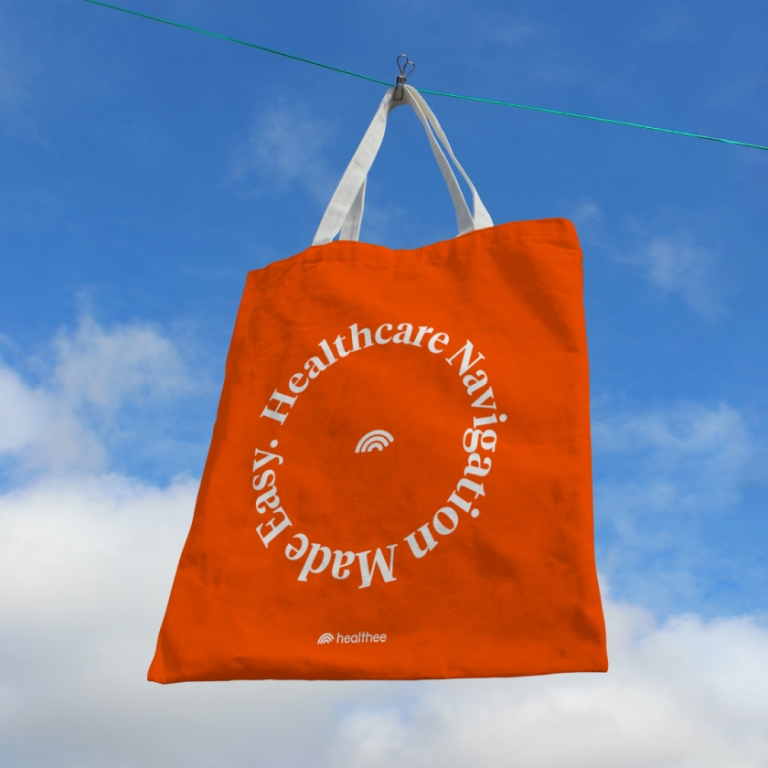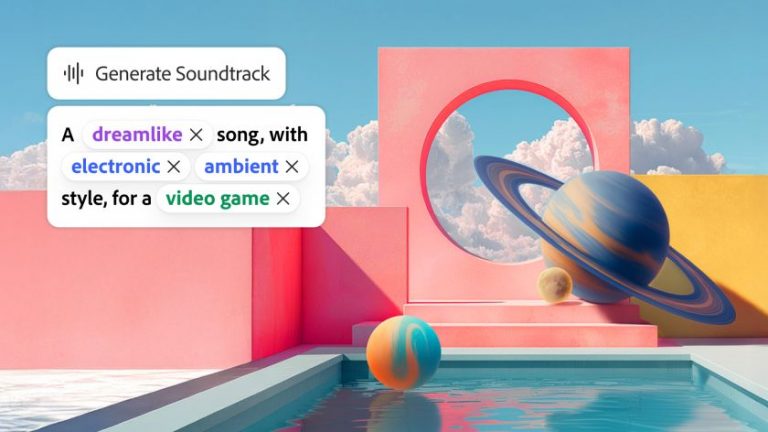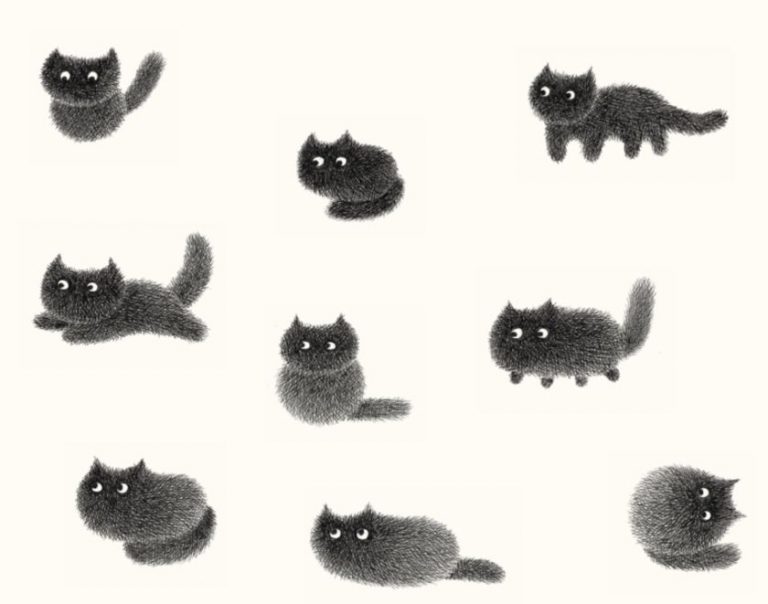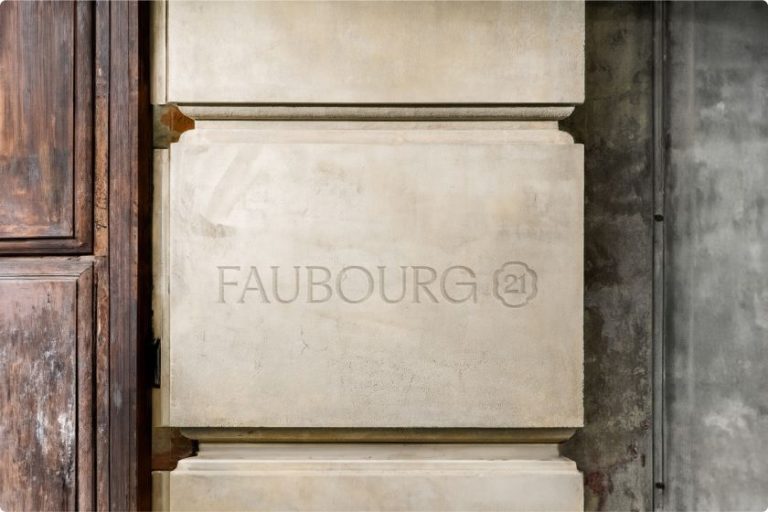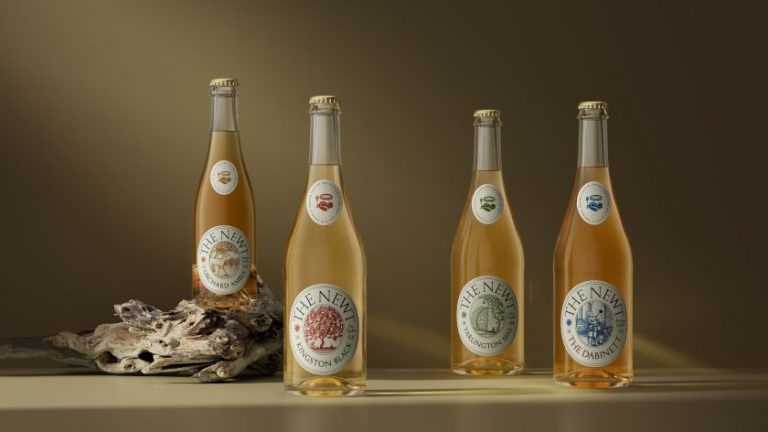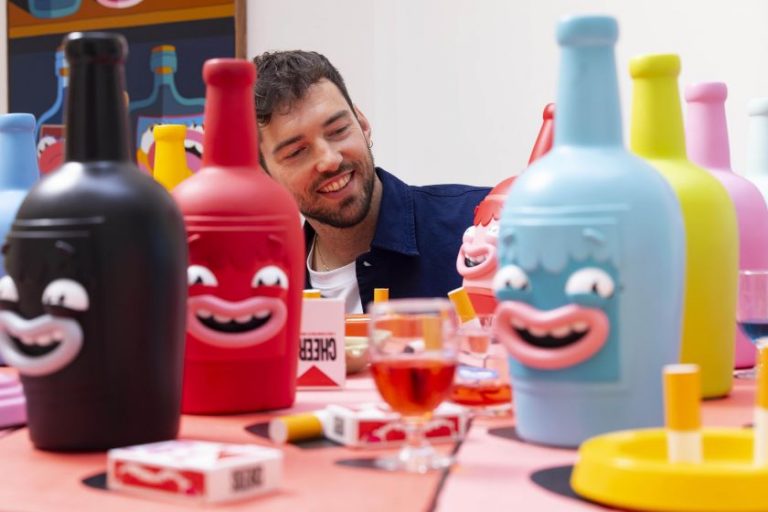Lighting the Way: How No Fixed Address designed a groundbreaking identity for women’s health clinic LUME
With a visual identity rooted in elegance, empathy, and quiet strength, Toronto’s new midlife clinic, LUME, is redefining how design can transform healthcare for women.
Midlife health has long lingered in the shadows of both medicine and marketing. Tucked behind euphemisms, neglected by mainstream healthcare, and barely acknowledged in the visual language of wellness, menopause and midlife care have often been positioned as something to endure rather than embrace.
But LUME, a newly launched women’s clinic in Toronto, is determined to change that. With the help of creative agency No Fixed Address (NFA), they’re doing it through design.
LUME’s mission is simple but urgent: bring midlife health into the light. That idea is more than a metaphor, as it shapes every part of the brand’s identity, from its name and logo to its earthy colour palette and softly lit photography. Created by a team of women at NFA, the new identity doesn’t just brand a clinic; it builds a movement—one where ageing is seen not as a decline but a continuation and where healthcare can feel as human and hopeful as it is professional.
“We wanted the brand to redefine midlife health instead of reinforcing outdated tropes,” explains Alexis Bronstorph, chief creative officer at NFA. “Aging and menopause have long been spoken about in hushed tones, often positioned as something to survive. LUME is here to change that.”
A brand built on illumination
The name itself – LUME – comes from the idea of illumination. It’s a short, elegant word that hints at possibility, not prescription. “It’s warm, modern, and full of light,” says Brittany Dow, VP of brand strategy at NFA. “Just like the women it serves.”
That sense of light became the north star for the entire visual identity. The logo, for instance, was designed as a bridge—a simple but symbolic shape representing the transition from the “just part of ageing” mindset to one of empowerment and proactive care. “It’s subtle but intentional,” Bronstorph adds. “We love that it embodies quiet strength and confidence, much like the women it serves.”
Soft power in a sterile space
The brand’s colour palette is another key departure from traditional medical aesthetics. Instead of whitewashed sterility or millennial pink, LUME leans into earthy neutrals that evoke warmth, trust, and professionalism. The tones feel restorative and grounding – more spa than surgery – yet they still carry clinical credibility thanks to structured typography and thoughtful composition.
“Colour plays a huge role in perception, especially in healthcare,” Bronstorph explains. “We knew we needed a palette that felt calming and credible, without veering into the harshness of traditional medical branding or the overly aspirational look of wellness trends.”
The visual language is reinforced through photography that quite literally plays with light and shadow. Soft glows and gentle contrasts reflect LUME’s mission to bring midlife health out of obscurity and into clarity. The images feel intimate and real, avoiding overly polished stock models here in favour of a sense of humanity and grace.
A space shaped by design
What makes LUME’s brand identity particularly unique is how it extends into the physical space. From architecture to textures, the brand is as much about how it feels as how it looks. Curves in the logo inspired rounded details in the clinic’s interiors, while the colour palette flows through the space in materials, finishes and furnishings. The result is an environment that feels seamless—one where branding and experience are deeply intertwined.
“We focused on tactility,” Bronstorph notes. “Natural materials, soft textures, warm lighting—it all works together to make the space feel restorative, not clinical.”
That attention to detail turns LUME into more than a clinic. It becomes a space where women feel held, heard, and empowered. The experience begins long before a patient meets a doctor; it starts the moment they walk through the door.
Between wellness and medicine
Healthcare branding often finds itself caught between two extremes: sterile clinical identity on one side and dreamy wellness aesthetics on the other. LUME charts a new course – one that embraces both clarity and warmth.
“It sounds extreme, but we approached it by rejecting the extremes,” Dow says. “Too clinical, and we’d lose connection. Too wellness-driven, and we’d lose authority. The solution was a balance: strength with softness, confidence with compassion.”
Typography played a big role in maintaining that balance. Clean, modern letterforms signal clarity and trust, while the logo’s curved details add a touch of elegance and movement. It’s a design language that speaks to both mind and body.
Designing a new healthcare narrative
One of the most compelling aspects of the LUME identity is how it resists clichés. There’s no pinkwashing or patronising language. Instead, the brand meets women where they are – with honesty, optimism, and quiet confidence.
That integrity came from a deep collaboration between the NFA team and the clinic’s founders. “There was no precedent for a brand like this,” Bronstorph says. “So we had to build a visual language from scratch.”
After several iterations that leaned too clinical or too lifestyle, the team settled on a visual identity that feels refreshingly original. “We wanted something clean and refined but also meaningful,” she adds. The bridge element in the logo, for example, is not immediately obvious, but once you see it, you feel it.”
Early impact and what’s next
Though the clinic only opened its doors earlier this year, early feedback suggests that the brand is already resonating. Patients have described the space as “welcoming” and “unexpectedly comforting,” while the founders feel the brand “embodies their vision—but better.”
For Dow, those reactions are proof that branding in healthcare isn’t just about aesthetics—it’s about advocacy. “Design is a powerful cultural tool,” she says. “As women’s health gains more visibility, branding will play a crucial role in breaking down stigma and making healthcare feel more human.”
And for designers working in this space? “Listen first,” she advises. “The most impactful work comes from empathy. When done right, branding can spark real change.”
